Our load securing experts
How can we help you?

Do you need help on how best to transport a particular load safely? Contact our cargo securing experts - they will be happy to help.
Contact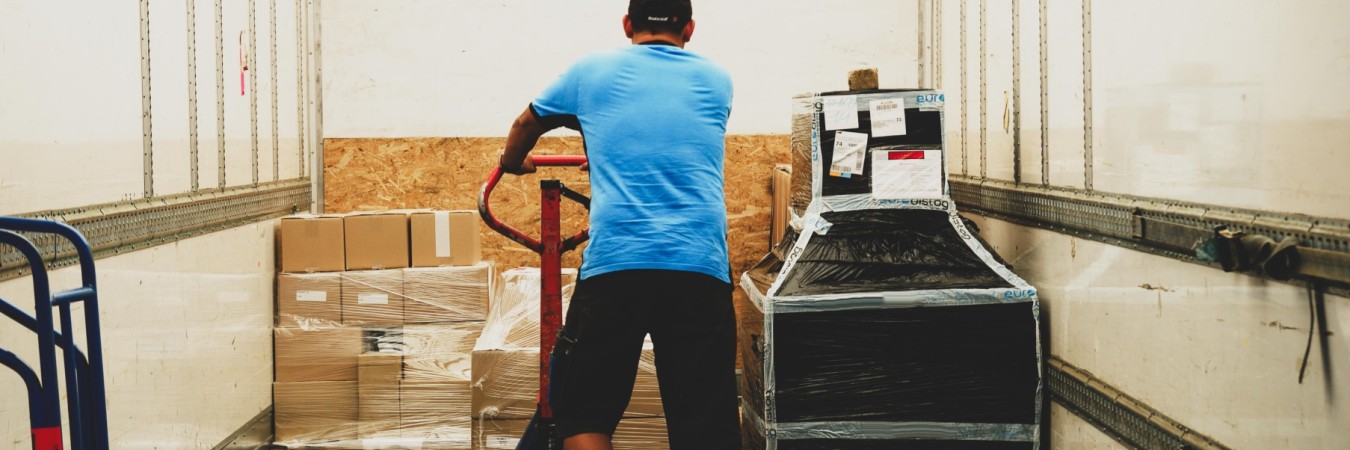
The large number of accidents shows that cargo can move much more easily than is generally thought, even if the cargo appears to be well secured at first glance. The following explains the main principles as to why the cargo of a truck, for example, can start to slide or roll very quickly and what forces are involved.
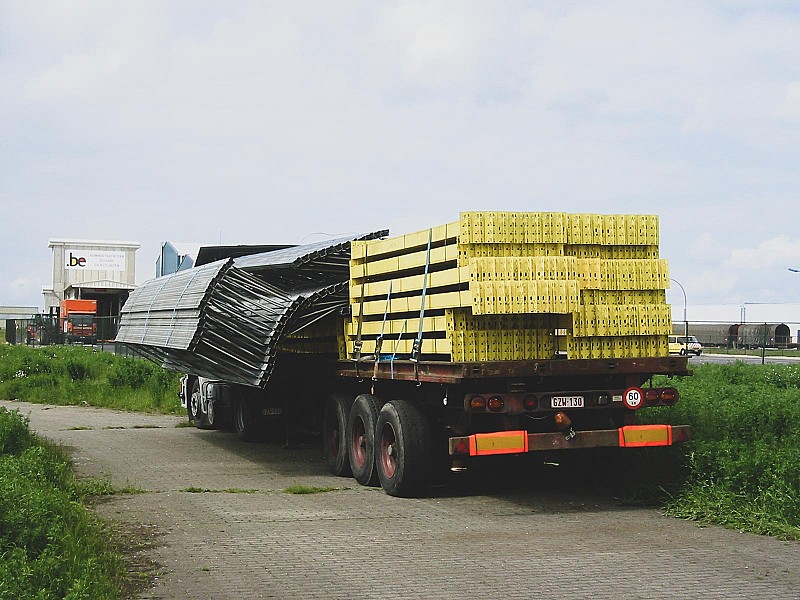
The attraction of the earth determines mass. A 100-kg concrete slab, for example, remains stationary when moved in a downward direction. But when this object is moved horizontally, forces arise that must be taken into account.
Let's say we put three of these slabs on the trailer of a truck and we start driving, what happens when the truck brakes and comes to a stop? Despite ending the forward direction, the slabs are still moving, and doing so with a force equal to 80% of the weight. So that's 3x 80 kilograms.
Let's say a truck is loaded with steel beams weighing 10 tonnes all together, or 10,000 kilos.
The driver in the cab will have to be aware that when he brakes, a force comparable to 8,000 kilos is created behind his head. A simple bulkhead cannot withstand that. The beams fly right through it, through the cabin and end up on the road in front of the truck. There are legions of pictures on the internet of this kind of accident, mostly with severely injured or fatalities.
The only thing the driver in the cab may rely on is the downward force, gravity, which pushes the objects behind him against the trailer. Because this creates friction.
A beam is relatively easy to slide horizontally, but press on top of it and it becomes a lot harder. The more there is friction, the more the forward force is slowed down. When the beam is secured to the trailer with sufficient force, the friction becomes so high that it can no longer move forward, even if the brakes are applied so hard.
It will now also be clear how much force the beam should be lashed to the trailer with. When it comes to the forward forces generated when braking, that force should equal 80% of the weight.
But there are also lateral forces when cornering and rearward forces when the truck pulls up. Those forces equal 50% of the weight. All these forces can be calculated and based on them, the right lashing material can be chosen.
These are the basics of cargo lashing. In practice, things quickly become more complicated. The friction of wood differs from the friction of steel or stone. On a greasy or dusty surface, an object will slide much easier than on a clean surface. It gets really complicated when we are not dealing with a single object, but, for example, with a container filled with all kinds of cargo, all of which can move in their own way. Liquids also have a very distinct movement behaviour.
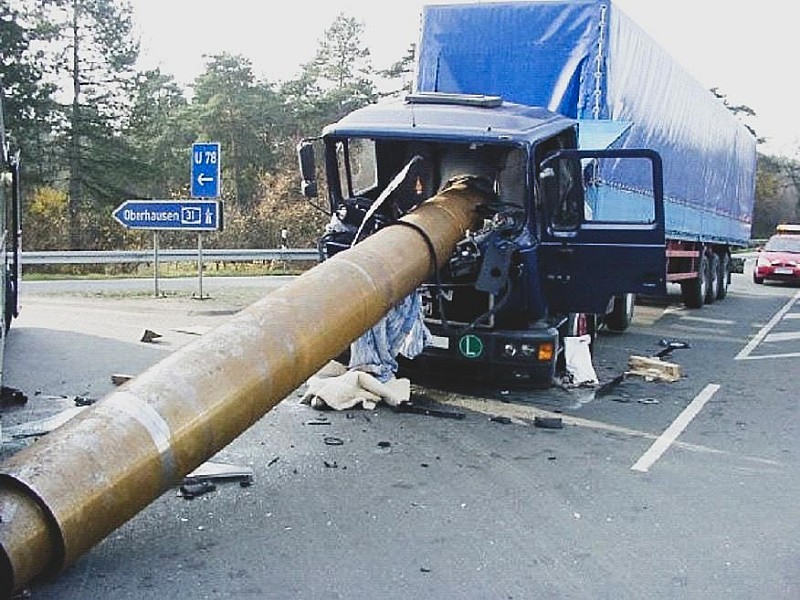
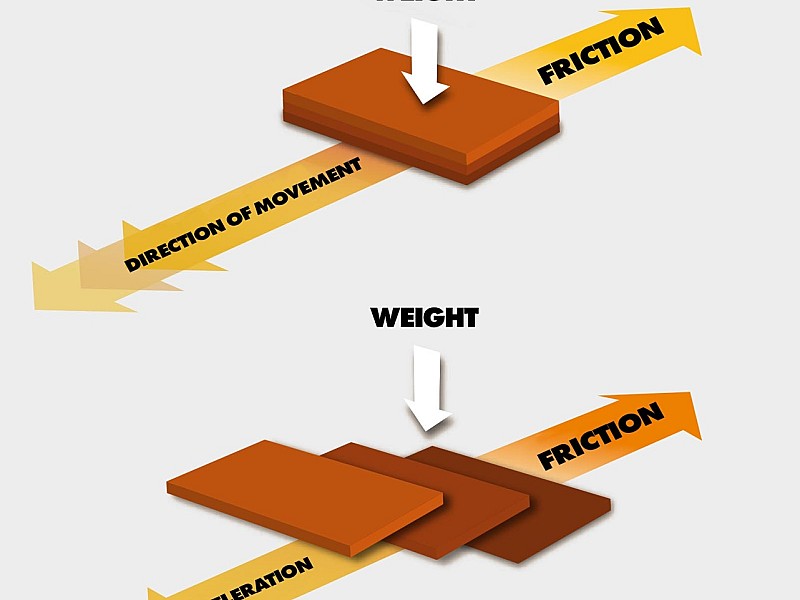
The relationship between force, mass and acceleration:
Newton's 1st law
An object set in motion will continue to move in a straight line as long as there is no other force moving it to another direction.
Newton's 2nd law
When a force is applied to an object, the speed of the object changes in proportion to that of the force, and it moves in the same direction in which the force acts.
Different forces are applied to any object in motion. The most important ones in this case are weight and friction. When a means of transport accelerates or slows down, a force is created that starts to compete with friction.
As soon as this force becomes greater than the friction, cargo starts moving. (Sudden) deceleration will cause cargo to slide if it is not properly secured. When the centre of gravity is high, cargo will start tilting.
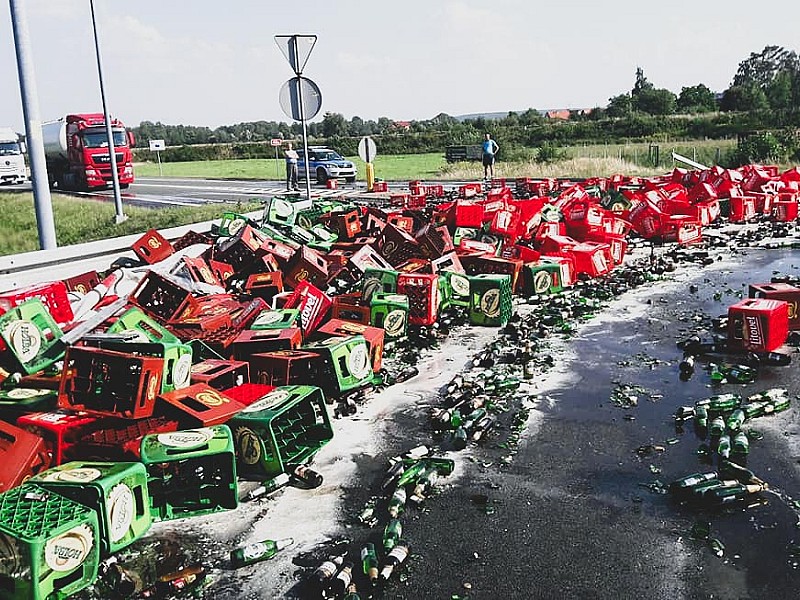
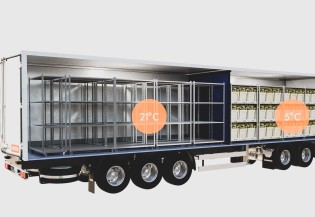
Find every download related to IsoLok: User Manuals, Mounting Instructions, Product Information and Brochure.
Read more
As a transport company, you know that ensuring the safety of your cargo is evident —not just for operational efficiency but also to comply with regulations.
Read more